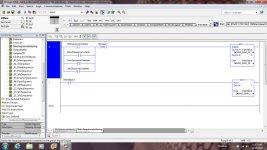Hi all,
One question - why doesn't this work?
SIZE Storage[0] 0 StorageSize COP Zeros[0] Storage[0] StorageSize
Storage and Zeros arrays are both one dimensional bool arrays. Storage array contains 32 bits and Zeros array 64 bits.
Thanks in advanced.
One question - why doesn't this work?
SIZE Storage[0] 0 StorageSize COP Zeros[0] Storage[0] StorageSize
Storage and Zeros arrays are both one dimensional bool arrays. Storage array contains 32 bits and Zeros array 64 bits.
Thanks in advanced.





